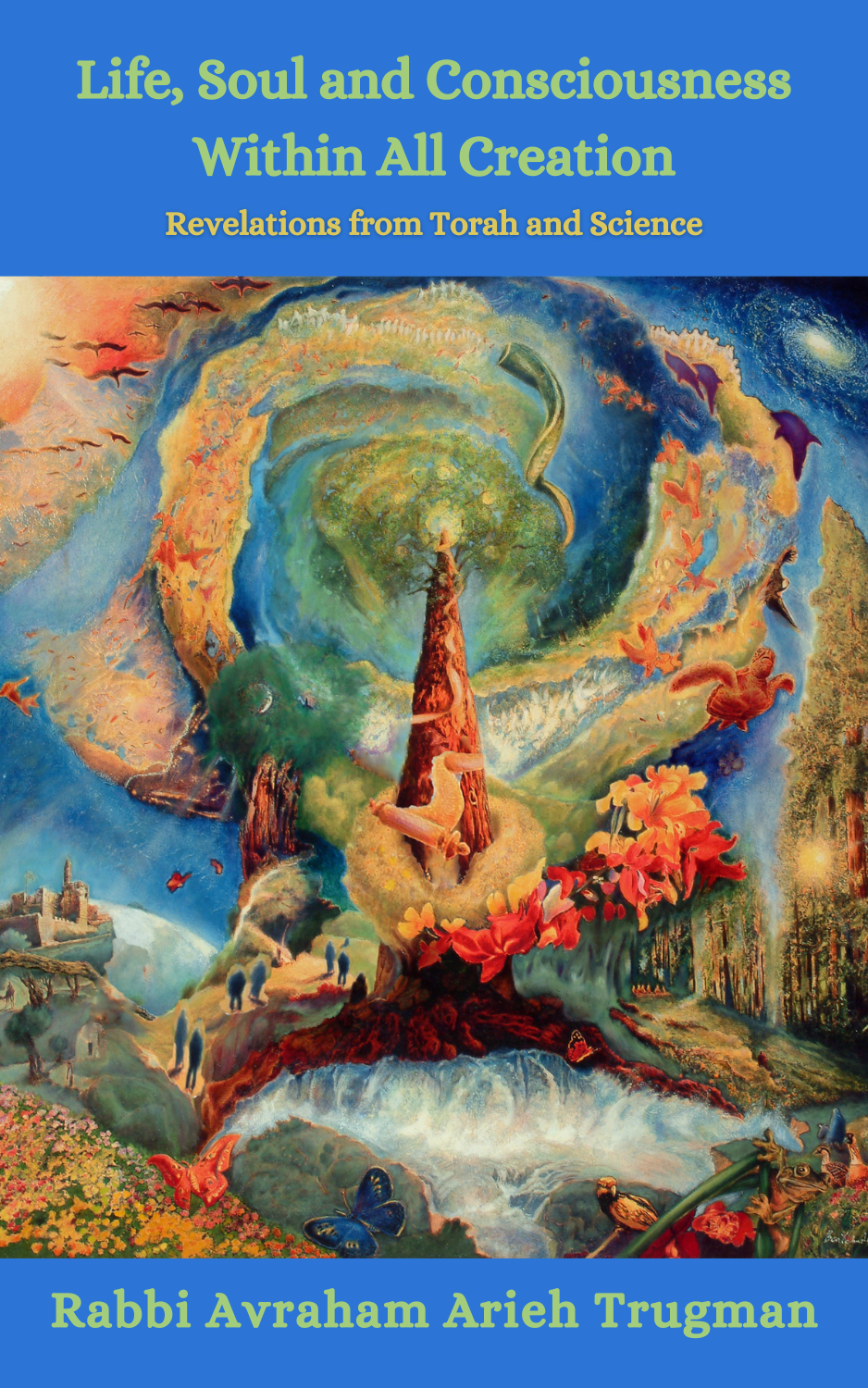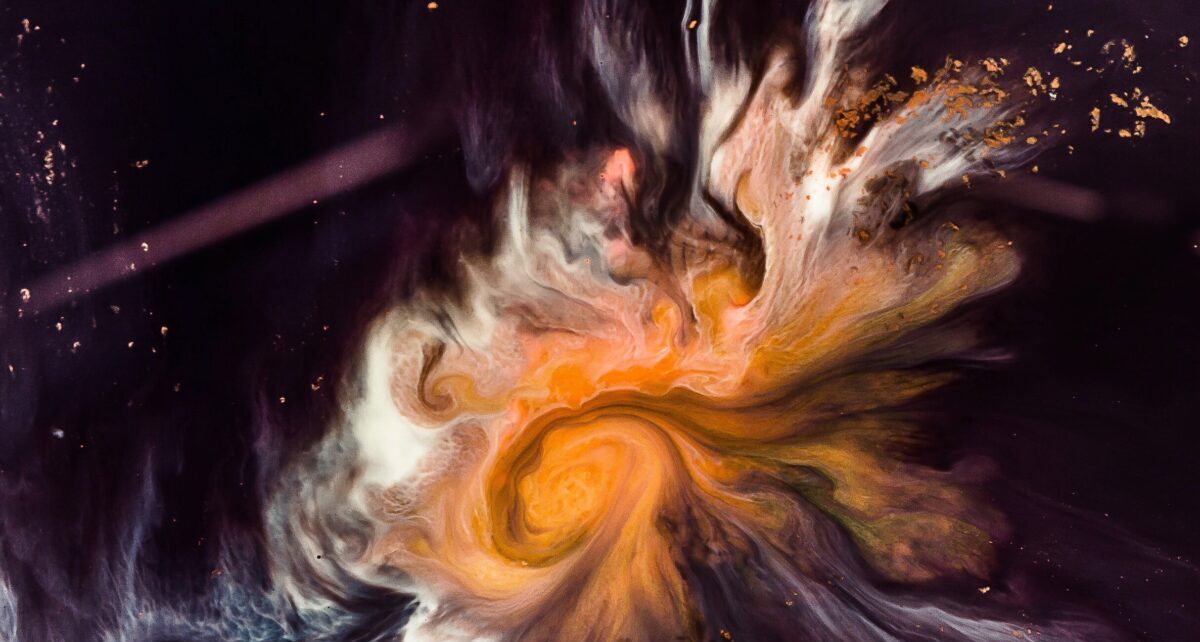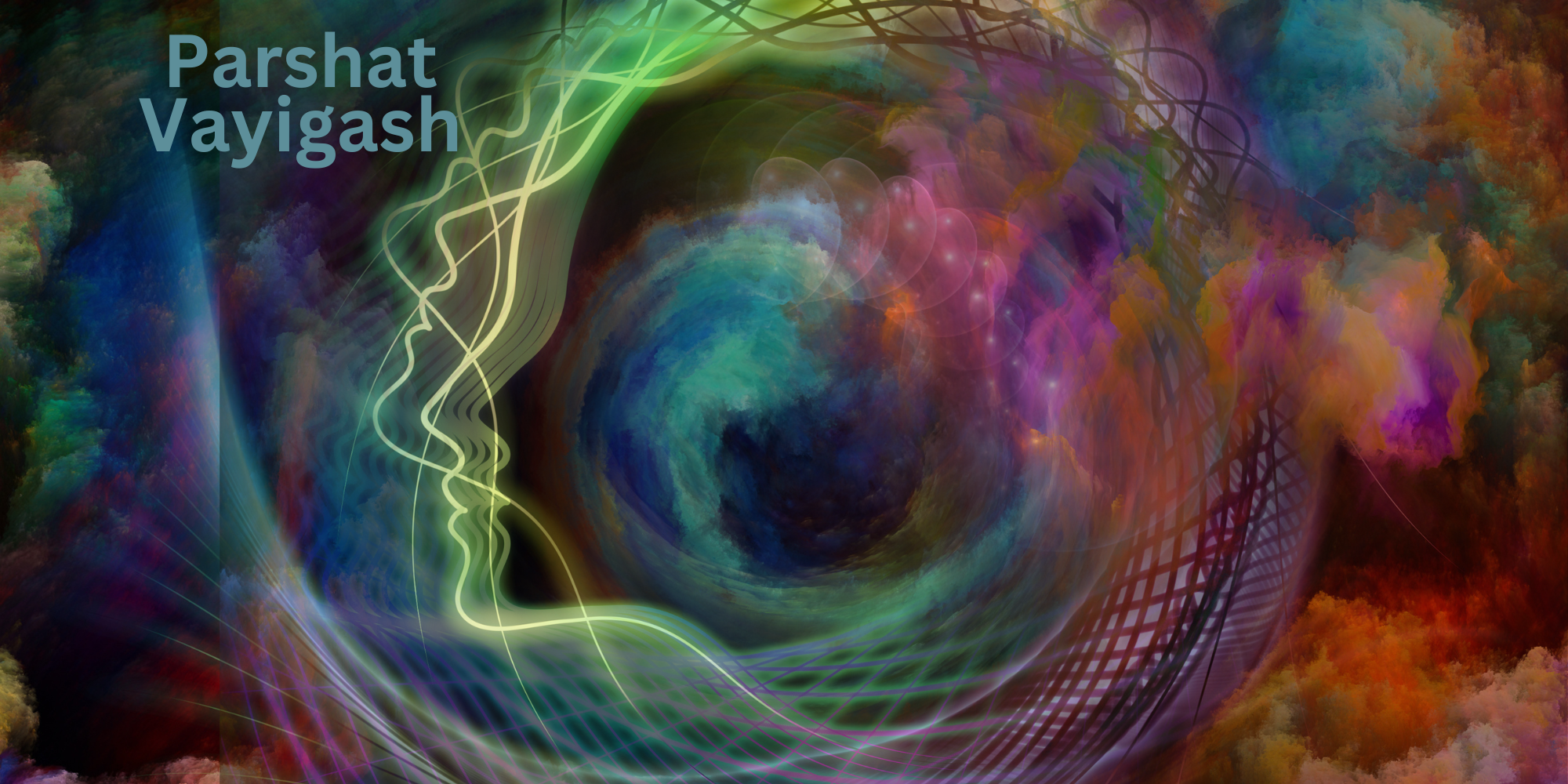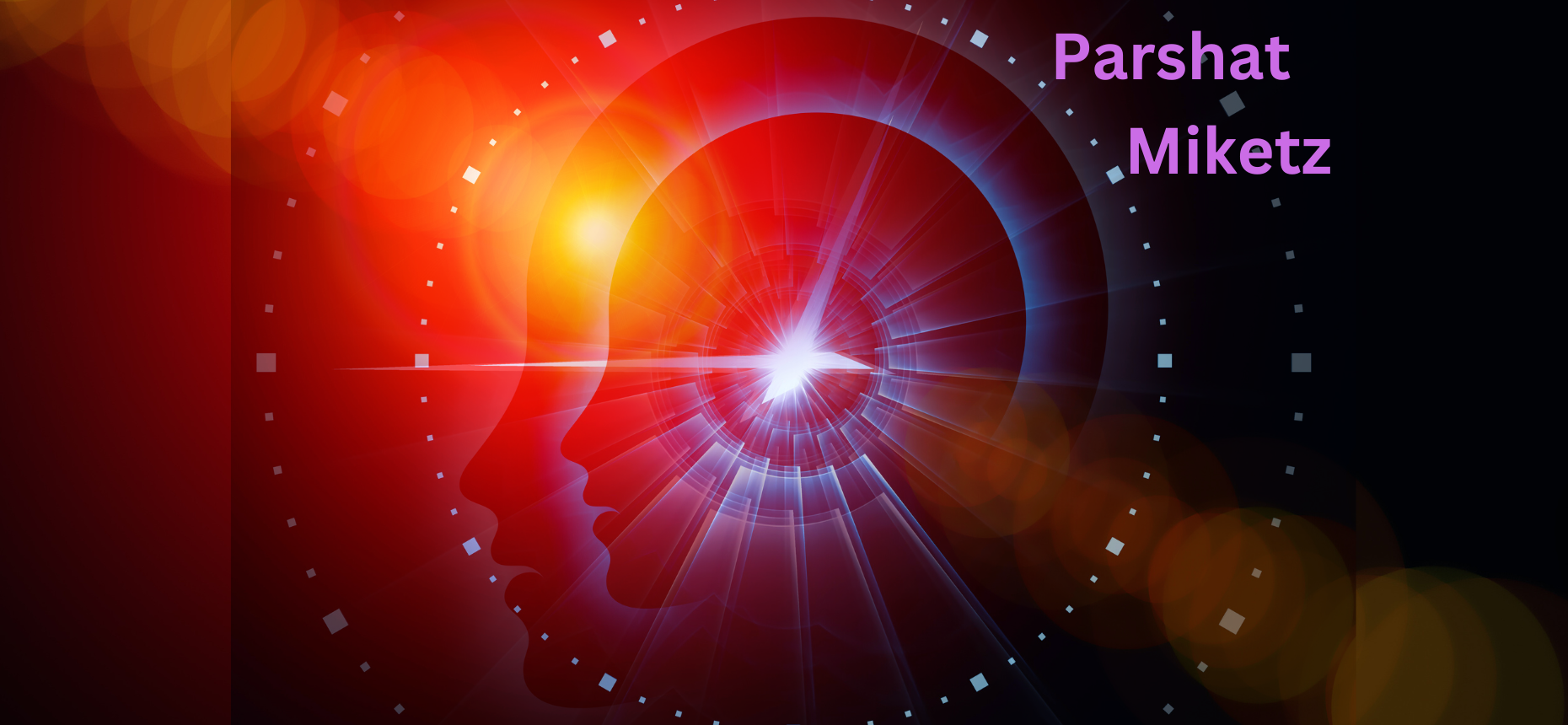In the Torah on Chanukah we discussed how Chassidic thought envisioned the judgment on Rosh HaShanah taking effect. First we saw how the “closing of the gates” at the Neila prayer on Yom Kippur was delayed by all opinions until the last day of Succot, Hoshanah Rabbah, and how Chassidut “stretched” the delivery of the judgment till Chanukah, giving enough time for a person to actually put into practice all that he or she had prayed for and promised to try to accomplish before the judgement is delivered.
In the book of Esther, after Haman is hung, Mordecai and Esther request from the king to rescind the decree that was sent out to destroy the Jews. The king responds that any decree that goes out with the seal of the king can not be rescinded, but a new decree could be written. Therefore, a new decree encouraging the Jews to stand up for their lives was sent out. We see from this that when a judgment cannot be changed or rescinded, a new one can supersede the previous decree making it in effect null and void.
There are times in our lives when past consequences or judgments for our actions catch up to us. What can we do at that time? We are told in the Talmud that teshuvah, the life changing act of sincere repentance, when motivated by fear of punishment, has the retroactive power of turning purposeful sins into inadvertent mistakes. More than this though is teshuvah when motivated by love, which can even turn past purposeful sins into merits.
The incredible power of teshuva, to not only change the present and effect the future, but even “change” the past, is one of the many secrets of Purim. This is one of the reasons why the Talmud says that Yom HaKippurim, the culmination of the ten days of teshuva, should be read Yom (a day) K'(like) Purim. This astounding statement comparing Yom Kippur, the holiest day of the year, to a seemingly “fun’ day like Purim, captures the essence of what Purim really is – the ability to completely turn around our lives even when all seems lost.
The power of teshuva at the time of Purim was activated when Esther realized she must be ready to sacrifice her life if necessary in order to plead the case of the Jews before the king. That act of supreme self sacrifice and teshuva, coupled with her call for all Jews in the capital city of Shushan to fast with her for three days and nights, aroused Divine compassion from Above, turning the plans of Haman upside down, till he was hung on the very same tree he hoped to hang Mordecai. From this we learn the incredible power of one person and one community to change a seemingly unchangeable judgment and alter the momentum of a chain of events. This total reversal of fortune is captured by one word – nahafochu – “to completely turn around;” meaning that the day of Purim was changed from a day of possible holocaust to that of unbounded joy and celebration.
The process of nahafochu can be seen on many different levels. Purim occurs during the month of Adar, the last month of the year. At this time of the year, after the long and seemingly endless winter it sometimes feels like spring will never come. But on Purim we realize there will indeed be spring and new life and renewal, therefore Purim comes on the full moon exactly one month before Pesach and “official” spring. According to both nature and the inner psyche of man, no month is harder to feel joy – but nahafochu! In history, as well, we see how many times the Jewish people in countless situations, communities, and generations faced to all appearances insurmountable odds and circumstances – but again and again – nahafochu.
All the above ideas have one common theme. At the very moment when we feel all is lost, there is contained within every Jew the power to utterly change his or her circumstances. Like a seed in the ground that must completely rot before new life can germinate, the secret of transformation involves contacting the Divine “nothing” within us in order to be filled by God’s “something,” thus releasing new hope and potential from our most inner point of being, where we realize that the soul is “a part of God Above.” When we call out to God from the depths of our being, Divine compassion is awakened. This is the secret in the Book of Esther where the sleep of the king is disturbed. The Sages understood that the fasting and prayers of the Jewish people wakened God (so to speak), the King of Kings. It is from this point that the story turns around.
The excess drinking of wine on Purim also involves the energy of nahafochu, as usually too much wine dulls our senses, puts us to sleep and at a certain stage is a depressant. On Purim we take the potentially destructive energy of wine and turn it into pure joy, expanded consciousness and awakening to the Divine hiding behind every mask. We completely transform the outward appearance of the feast of Ahashverosh, as described in the beginning of the Book of Esther, and turn it into the ecstatic joy and holiness of the Purim feast.
The fact that God’s name is not mentioned in the book of Esther and that Divine salvation occurred through seemingly ordinary means, demands a more profound understanding than even a miracle that occurs when the laws of nature are temporarily suspended. It also leads to a deeper perception of “reality.” On Purim, physical and spiritual reality unite, free will and Divine Providence merge and human history is revealed as identical to God’s plan for humanity. The fact that this reality is at times hard to comprehend only means we have to work harder to find the ultimate unity that exists in the world. The drinking on Purim helps us pull back the normative curtain of illusionary reality and reveals God’s Providence in all places and at all times, even those occurrences we initially perceive as “evil.” But this takes getting to a consciousness where all becomes known within the unknowable, ad d’lo yada.
The word Purim comes from the word “lots,” implying causality, coincidence and luck, which is the superficial way many look at the world. Our task on Purim is to do teshuva in such a manner that we make our will His will, so he can make His will our will, thereby revealing His presence in every point of time and space.
The story of Purim is alive and as relevant as ever in the world today – the same assimilation exists that lead us to eat at the feast of Ahashverosh, those who want to destroy us like Haman are in abundance, world leaders like Ahashverosh still play a two-faced political game in regards to Israel, and then there are those like Mordecai and Esther who live and are ready to die for their Jewish identity.
If there ever was a time for the Jewish people to call out to God and come together as Esther gathered the people together – it is now. If we came together and cried out from our deepest depths to God, for the sake of the Jewish people and the whole world, surely a nahafochu would occur that would ultimately bring the Messiah.
It is just a matter of time when we will in fact do this, but what time could be better than now, as Hillel taught: “If not now – when?”(Pirkei Avot 1:14).







